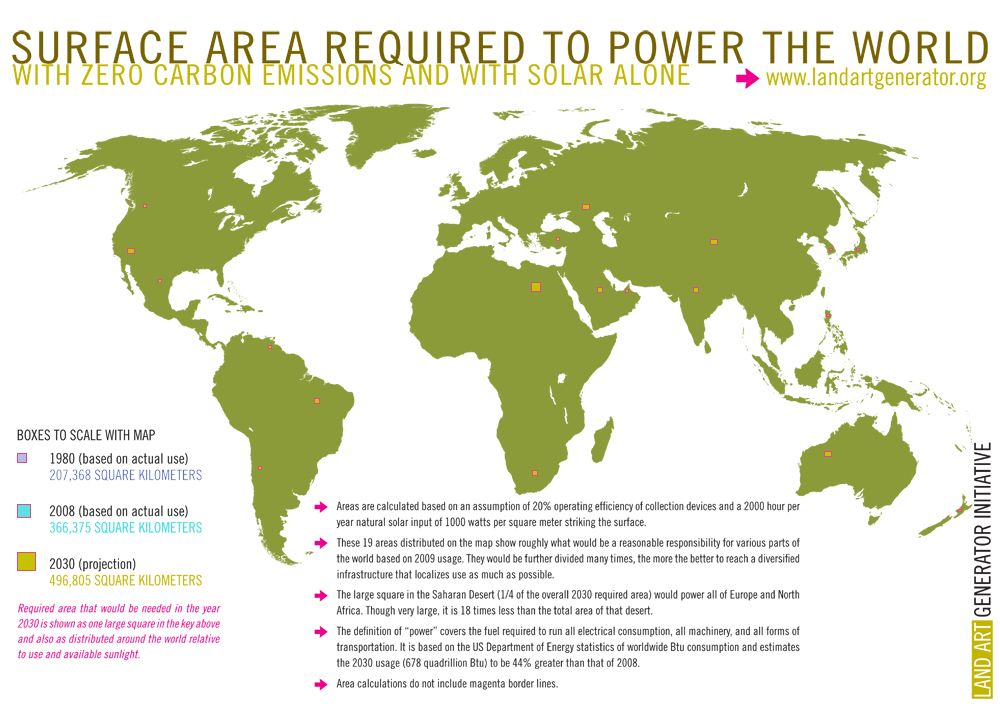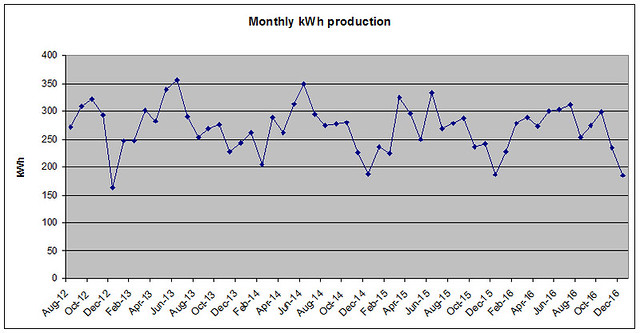Looking at your message, I thought my math was bad. I average 438wH/mile in 4 typical trips I found on TeslaFi, mostly in penetrating some hills (on the map it is a "mountain" range). To calculate, I'll pull one in which I went directly from home to work: in 36 minutes, I went 41.7 miles, using a scant 20.52 kWh. That is 492wH/mile.
I estimate 50,000 miles per year on my car. That is 24.6MWh. If everyone in California with an EV drove like me, and I'm estimating 200,000 EV's in California right now, then that would be 5TWh, which is 15,873x what you said.
But, let's not use me as an example. I'll use your 15,000 per car and 200,000 EV's guess I have, and use 350wH/mile, and I still see 1TWh of energy being used in California.
I see -- taking myself out of the equation, and going with your numbers, I calculate 15,000mile/y*62,000*333wH/mile, I get .310TWh/y, or 310GWh/y. Your M should be a G.
WH = 1 Wh = 3,600 Joules = 3.6kJ
kWh = 1,000 Wh = 3.6MJ
MWh = 1,000,000 Wh = 3.6GJ
GWh = 1,000,000,000 Wh = 3.6TJ
TWh = 1,000,000,000,000 Wh = 3.6PJ
PWh = 1,000,000,000,000,000 Wh = 3.6EJ
EWh = 1,000,000,000,000,000,000 Wh = 3.6ZJ
ZWh = 1,000,000,000,000,000,000,000 Wh = 3.6YJ
YWh = 1,000,000,000,000,000,000,000,000 Wh = 3,600YJ
We use >570EJ/y worldwide (>158PWh/y), and I have a feeling that excludes a lot of energy use like growing plants, food, water delivery, cement factories, refineries, etc., but that will change as we learn how to use more energy faster. We should achieve >1ZJ/y soon, if we're not already there. We'll be multiplanitary and able to use much more of the sun's output without it being wasted in the not too distant future, too, and within my lifetime, I hope we achieve well in excess of >1YJ/y, all clean sun energy.
I really don't think we think in terms of actual energy consumption properly; I think we think if it is not burnt death, then it doesn't count, but I think it does count. For instance in
Photosynthetic efficiency - Wikipedia I see that there are all sorts of undiscussed energy uses in the plants we eat and even more in the air we breath, and I think that counts as energy used per capita and worldwide in an ecosystem. The reason I think it counts is that I think sunlight is a commodity that we have to sell. We already do: real estate costs, shading costs, etc.. Soon, it coud be put on an exchange, and all of this "free air sun" hitting your property will be traded, and people will swoop up to collect it. They might use plants or panels, but the effect is the same: you loose your sunlight to someone else. We're not quite there yet, but it is a consideration in land use planning already. We're scratching the surface of this type of thinking with deserts being filled with solar panels, and already the Indians are complaining about the lost sunlight under those solar panels to their desert plants and animals. That's the tip of the iceberg. (I almost forgot something that happened centuries before my lifetime: we farmed much of the country's land, much of that land being used for sun collection (for the plant use), which also had Indians on it at one point.) We use far more energy than we give ourselves credit for.




